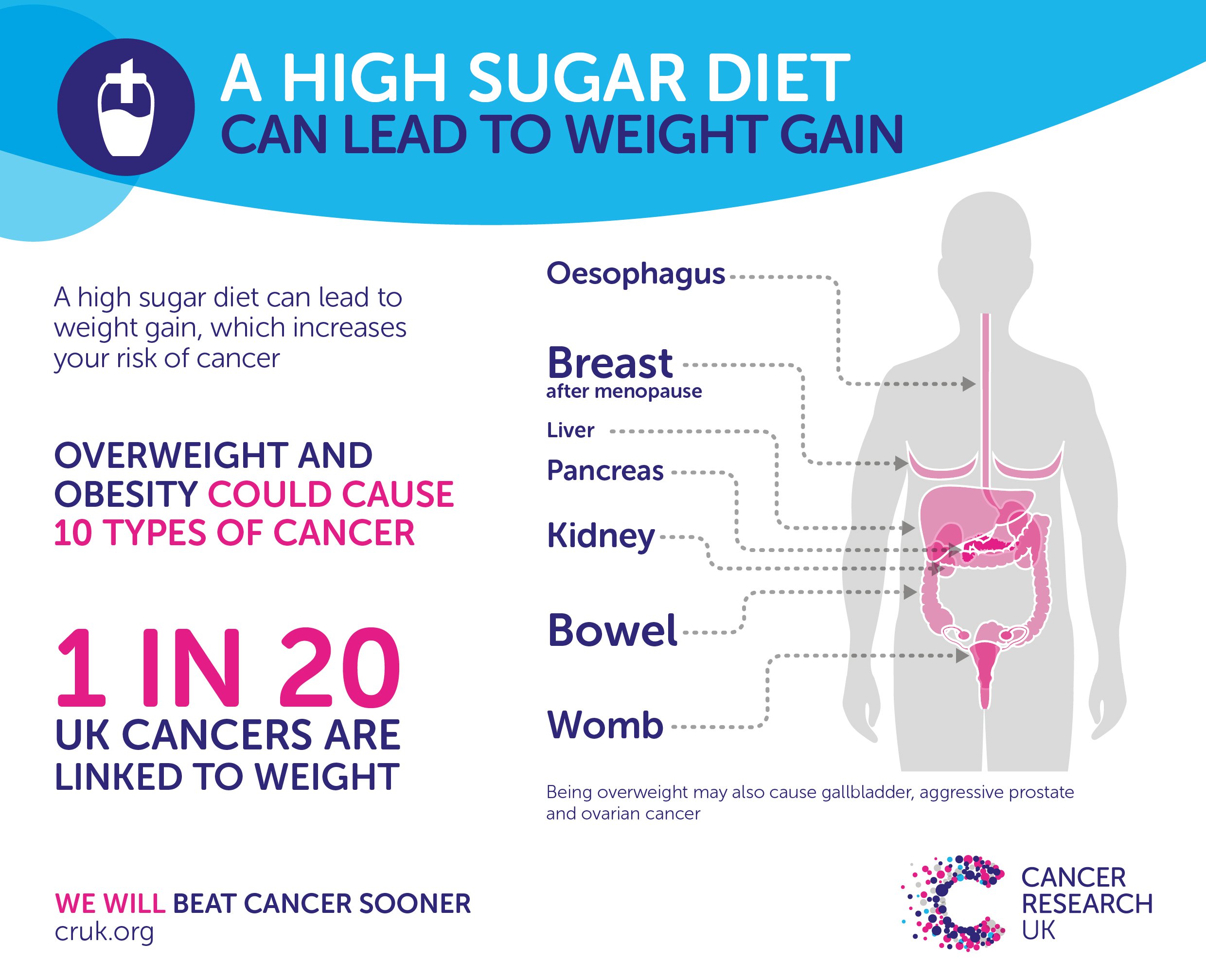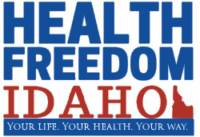A Trillion Dollars is Spent Each Year from the Damaging Health Effects of Sugar

America spends two and a half times more on healthcare per capita than any other developed nation, quickly approaching $3 trillion EVERY year. With this kind of expenditure, you would expect our citizens to be the healthiest in the world, but this is not the case.
In fact, the US ranks dead last in quality of care—Americans are sicker and live shorter lives than people in most other industrialized nations. So where’s the money going?
The Credit Suisse Research Institute’s 2013 study1 “Sugar: Consumption at a Crossroads” found that 30 to 40 percent of US healthcare expenditures are for diseases directly related to the overconsumption of sugar!
We spend more than a trillion dollars each year fighting the damaging health effects of sugar. This, combined with the massive waste, fraud, and inefficiency of our healthcare system, make it completely unsustainable over time.

US Government Actually Encourages Sugar Consumption
Excess sugar causes obesity as well as a plethora of illnesses, including type 2 diabetes, heart disease, kidney disease and cancer. If you want to locate the sickest people, follow obesity rates. According to a United Health Foundation study, nine of the 10 least healthy states in the nation also have nine of the 10 worst obesity rates.2
With one food causing such pervasive health problems and so much national expense, you would think our government regulators would do everything they could to lower sugar consumption. But the opposite is true—they encourage it!
Maybe the US government read the 2008 study that challenged the common notion that preventing obesity would save governments millions of dollars.3 The study suggested that healthy people are more expensive to care for because they live longer.
Maybe the government wants us to get obese—because we’ll die younger. As cynical as that sounds, it would explain why they continue to subsidize the corn syrup industry.4
Cancer Predicted to Become #1 Killer of Americans
Besides the obvious sugar-obesity link, I’ve also often discussed the intrinsic connection between sugar consumption and cancer. It’s no surprise to me that cancer rates keep rising, considering that most people consume highly processed food as the bulk of their diet.
A diet devoid of healthy fats and natural vitamins and minerals, while being chockfull of processed sugars and fructose along with synthetic chemicals of all kinds simply cannot produce health, and the proof of this is plain for all to see… A recent report by the American Society of Clinical Oncology predicts that a mere 16 years from now, cancer will be the leading cause of death in the US, surpassing heart disease, which is currently number one. As reported by CNN Health:5
“The number of new cancer cases is expected to increase nearly 45 percent by 2030, from 1.6 million cases to 2.3 million cases annually. This influx of new patients will place a bigger burden on a field of medicine already stretched by physician shortages and financial difficulties, says the report, which highlights growing problems for cancer care in the United States.”
Without Sugar, Cancer Cannot Thrive
The most powerful essential strategy I know of to treat cancer is to starve the cells by depriving them of their food source, which, in large part, is typically sugar. Unlike all the other cells in your body, which can burn carbs or fat for fuel, cancer cells have lost that metabolic flexibility and can only thrive if there enough sugar present. Dr. Otto Warburg was actually given a Nobel Prize over 75 years ago for figuring this out but virtually no oncologist actually uses this information.
Make no mistake about it, the FIRST thing you want to do if you want to avoid or treat cancer if you have insulin or leptin resistance (which 85 percent of people do) is to cut out all forms of sugar/fructose and grain carbs from your diet, in order to starve the cancerous cells.
I recommend reducing your total fructose intake to a maximum of 25 grams/day, from all sources, including fruit. If you are insulin resistant, you’d do well to make your upper limit 15 grams/day. Cancer patients would likely be best served by even stricter limits. For a more detailed discussion please review my interview with Dr. Seyfreid.

The easiest way to dramatically cut down on your sugar and fructose consumption is to switch to a diet of whole, unprocessed foods, as most of the added sugar you end up with comes from processed fare, not from adding a teaspoon of sugar to your tea or coffee. But there are other ways to cut down well. This includes:
- Cutting back on the amount of sugar you personally add to your food and drink
- Using Stevia or Lo Han instead of sugar and/or artificial sweeteners. You can learn more about the best and worst of sugar substitutes in my previous article, “Sugar Substitutes—What’s Safe and What’s Not“
- Using fresh fruit in lieu of canned fruit or sugar for meals or recipes calling for a bit of sweetness
- Using spices instead of sugar to add flavor to your meal
Also consider reducing your protein intake to one gram per kilogram of lean body weight. It would be unusual for most adults to need more than 100 grams of protein and most likely close to half of that amount. Replace the non-vegetable carbs (sugar/fructose/grains) and excess protein with high quality fats, such as organic eggs from pastured hens, high quality meats, avocados, and coconut oil. It’s certainly much easier to prevent cancer than to treat it, once it takes hold, and I believe you can virtually eliminate your risk of cancer (and radically improve your chances of recovering from cancer if you currently have it) by following certain basic lifestyle guidelines. For a full list, please see this previous article.
Two Sodas Per Day May DOUBLE Your Chances for an Untimely Death
A new study found a significant relationship between added sugar consumption and death from heart disease. Americans who consumed the most sugar — about a quarter of their daily calories — were twice as likely to die from heart disease as those who limited their sugar intake to seven percent of their total calories. The average American is consuming 22 teaspoons of sugar per day, about three times what’s recommended. That’s the equivalent of about two sodas.13
According to Dr. Robert Lustig, one of the leading experts on childhood obesity, excess sugar acts as a poison, responsible for weight gain and a multitude of chronic and deadly diseases. Recent research shows that fructose can activate taste cells found on your pancreas, a reaction that can increase your body’s secretion of insulin and raise your risk for type 2 diabetes. Sugar also reacts with AGEs (advanced glycation end products), which is one of the major mechanisms by which damage accrues in your body and leads to aging and disease.
To protect your health, consider restricting your fructose consumption to 25 grams per day or less. If you’re overweight or have a disease such as cancer, diabetes, or heart disease (or are at high risk for them) then you’re probably better off further reducing your fructose intake to 15 grams per day or less (and this includes all sources—HFCS, sugar, honey, agave, fruit, fruit juice, maple syrup, etc.).
Redesigning Subsidies for the Health of People and Planet
The time is ripe for change. Redesigning our food system could help move us toward health and economic recovery. If we’re going to subsidize farmers, let’s subsidize them in a way that helps restore the health of American citizens and our land—programs that might just pay for themselves by the reduction in healthcare costs they bring about. Two years ago, Mark Brittman of the New York Times14 argued that subsidy money could be easily redirected toward helping smaller farmers to compete in the marketplace in a number of ways. For example, funds could be redirected toward:
- Funding research and innovation in sustainable agriculture
- Providing incentives to attract new farmers
- Saving farmland from development
- Assisting farmers who grow currently unsubsidized fruits and vegetables, while providing incentives for monoculture commodity farmers (corn, soy, wheat, and rice) to convert some of their operations to more desirable foods
- Leveling the playing field so that medium-sized farms can more favorably compete with agribusiness as suppliers for local supermarkets
If you don’t like the idea of your tax dollars funding corporate welfare programs for corporations that flood the market with sugary beverages and processed foods, join forces with organizations that are actively working for positive change. Here are five actions you can take:
- The Environmental Working Group has started a petition urging Congress to enact a Farm Bill that protects family farmers who help us protect the environment and public health. Take a moment to sign it now.
- Sign up with the National Sustainable Agriculture Coalition to keep abreast of news and action alerts relating to the Farm Bill.
- Join Food Democracy Now, an organization co-founded by Aaron Woolf, director of the documentary film King Corn.
- Of course, you can also voice your opinion every day by voting with your wallet and supporting small family farms in your area.
- Say no to junk food producers by not buying their products, andreturn to a diet of real, whole foods—fresh organic produce, meats from animals raised sustainably and humanely on pasture, and raw organic milk and eggs.






